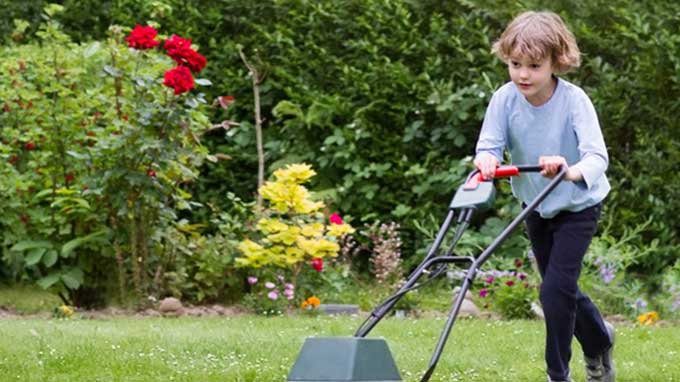Research In Action
Research In Action
Breadcrumb

As I conduct my telemedicine visits from home, I hear the unmistakable sound of spring: lawnmowers! With more people staying at home, it seems that many are spending more time in their own yards, whether gardening or taking care of their lawns. So it was with great interest that I read a recent study from my CHOP colleagues on lawnmower injuries in children over the past 13 years.
What They Did
- Data about lawnmower injuries sustained by patients aged 0 to 18 years between 2005 and 2017 was obtained from the Pediatric Health Information System (PHIS) database, a nationally representative database from visits to over 49 tertiary care US pediatric hospitals.
- Data was categorized by demographics, injury type and severity, and treatment required.
What They Found
- Overall, more than 1,300 lawnmower injuries were identified in the 13-year period.
- Average incidence was 1.83 injuries per 100,000 cases, with the highest incidence in the Midwest (2.7 injuries per 100,000 cases) and the South (2.16 injuries per 100,000 cases).
- Nearly half of all injuries occurred in children between 1 and 5 years of age.
- Rural communities had worse outcomes, including higher surgical and infection complication rates, as well as longer length of hospital stays.
- The highest frequency of injuries occurred between May and August.
- Injuries occurred most frequently to the lower extremities (nearly 65%).
- The most common types of injury were amputations and open wounds/punctures/lacerations.
- In nearly 1 out of 5 cases, injuries were treated by debridement (removing dead or infected skin tissue).
- Moderate, major, and extreme injuries (as defined by PHIS), median cost of injury, and median length of stay in the hospital were significantly higher among children <10 years of age.
- Nearly one-fifth of all patients required an inpatient hospital stay of more than 5 days.
What struck me the most was the incidence of injury among children 1 to 5 years of age. It is unsurprising that injuries in children this age result in more serious outcomes given the nature of their height, size, and cognitive understanding of risk. It should be noted that the data from the PHIS database may be skewed toward more significant injuries, as the participating hospitals in the database are tertiary care centers. PHIS also does not include information from primary care centers, which may also result in missing minor cases.
In a previous blog post, we highlighted guidelines put forth by the American Academy of Pediatrics and also discussed factors to consider when assessing "readiness to mow". Additional information can be found through The American Academy of Orthopaedic Surgery.

